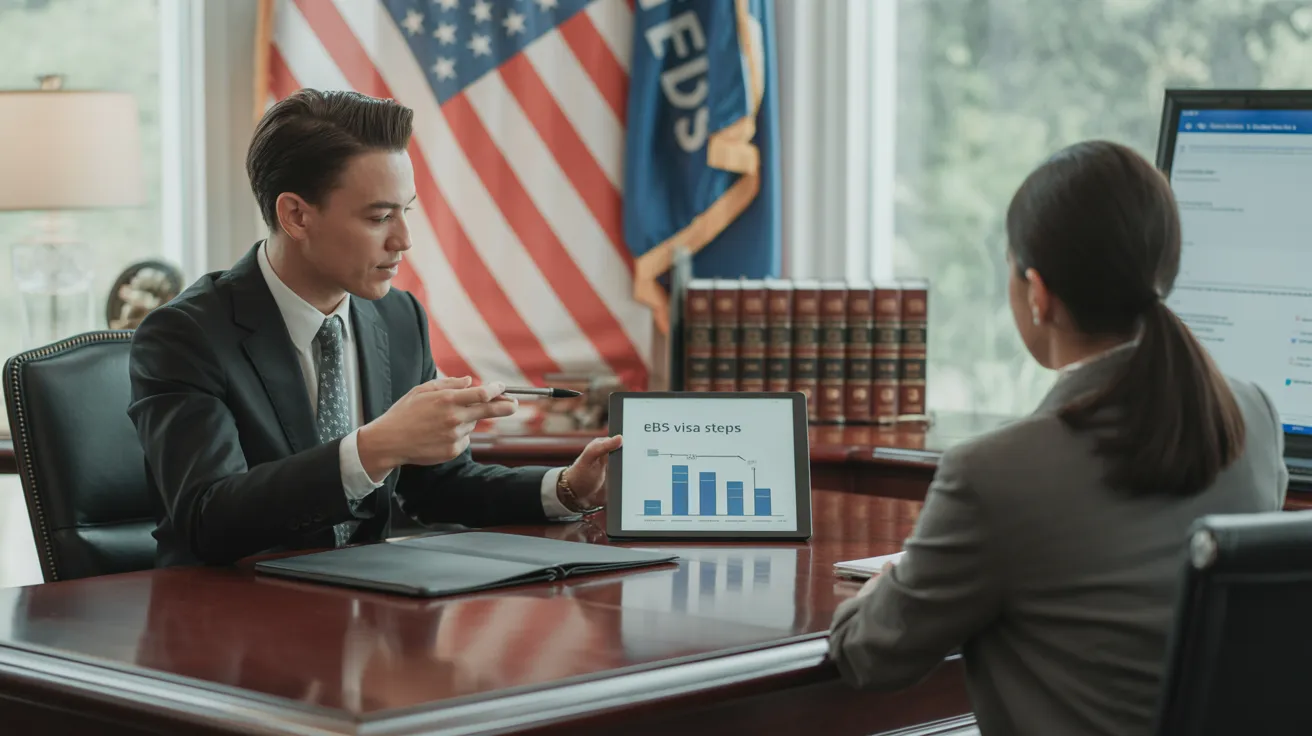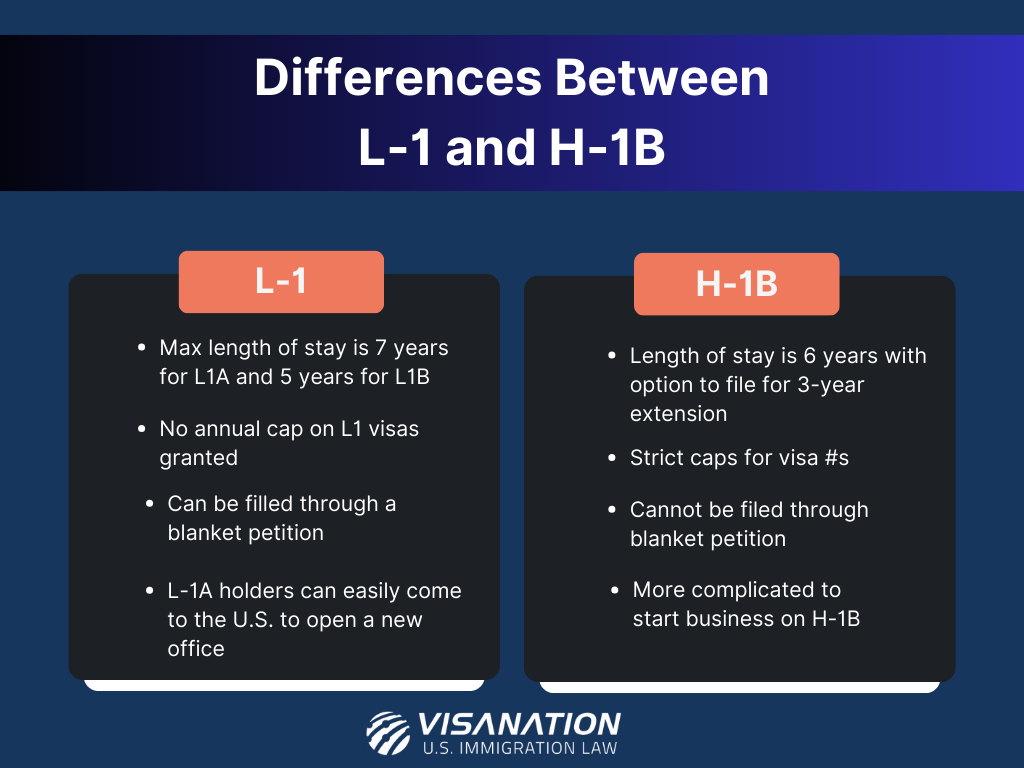The Best Guide To L1 Visa
Table of ContentsSome Known Factual Statements About L1 Visa The Greatest Guide To L1 VisaThe 2-Minute Rule for L1 VisaSome Known Factual Statements About L1 Visa Some Known Incorrect Statements About L1 Visa
L-1 visas are available to employees of an international business with offices in both the USA and abroad. L1 Visa. The visa permits such international workers to move to the company's US workplace after having actually worked abroad for the firm for at the very least one continual year within the previous 3 prior to admission in the USOne L-1 visa can permit numerous workers entrance into the USA. Spouses of L-1 visa owners are enabled to work without constraint in the US (using an L-2 visa) case to condition, and the L-1 visa may legally be used as a tipping stone to a copyright under the doctrine of dual intent.
In 2019, Indian nationals received 18,354 L-1 visas, accounting for 23.8% of all L-1 visas provided in 2019. According to USCIS information, the largest employers to obtain L-1 visas in 2019 were Tata Consultancy with 1,542 accepted L-1 visa petitions, Infosys with 517, Amazon with 455, Mindful with 382, and Deloitte with 305.
Congress produced the L-1 visa in 1970. It was introduced as a "noncontroversial change" for international American firms. The original visa needed that the job tenure match directly before requesting the company transfer. Congress initially did not define "specialized understanding". In 1980, the State Division issued 26,535 L-1 visas.
The Best Guide To L1 Visa
Major Indian outsourcing companies such as Tata, Infosys, and Wipro progressively made use of the L-1 copyright team American international firms. Half of Tata's employees brought to the United States came on L-1 visas.
By 2000, Immigration and National Service videotaped 294,658 visa entrances. In 2002, Congress enabled L-1 visa spouses, that are on an L-2 visa, the permission to work openly within the United States. In 2003, the Us senate Judiciary Committee held a hearing on the L-1 visa. In 2004, the variety of L-1B visas exceeded the number of L-1A visas.

Applicants who are in the USA at the time of the filing of the I-129 can request a modification of status from their present nonimmigrant condition (i.e. site visitor, trainee, etc), as long as they are in condition at the time of the filing of the I-129. If they head out of status after the declaring, but prior to approval, there is no negative consequence, and the individual does not accrue unlawful visibility.
Children of the main L-1 can participate in school. The spouse of the primary L-1 has an automatic right to work in the United States. Kids can decline paid work. The spouse can, however need not, use with the USCIS for work consent after showing up in the United States and, after issuance of the Work Authorization Record (EAD, Type I-765), might thereafter benefit any company.
The 10-Second Trick For L1 Visa
An I-797 Notice of Activity revealing the approval of the visa petition does not assure that a visa will certainly be released at the United state

Examine This Report on L1 Visa
For an L-1 visa candidate, "twin Intent" is allowed: unlike some classes of non-immigrant visas (e.g., J-1 visas (L1 Visa)), L-1 applicants might not be refuted a visa on the basis that they are an intending immigrant to the USA, or that they do not have a residence abroad which they do not mean to abandon
L-1 condition might be restored and expanded within the USA. Other than when it comes to blanket petitions, a new I-129 petition have to be submitted. Renewal in the United States uses to status only, not the actual visa in the ticket. copyright revival, the applicant should go to a UNITED STATE

Some Known Facts About L1 Visa.
A person in L-1 condition generally may work just for the petitioning business. If the L-1 worker gets in based upon an L-1 covering, however, it normally is L1 Visa attorney possible for the employee to be moved in the same ability to any type of various other related business detailed on the covering. The L-1 visa program has been criticized for lots of factors.
In one instance, The U.S. Department of Labor fined Electronic devices for Imaging $3,500 for paying its L-1 visa workers $1.21 an hour and working several of them up to 122 hours a week. Some market representatives have implicated business of making use of the L-1 program to change united state workers. find out more Detractors and government authorities have actually pointed out exactly how the visa program does not specify "specialized expertise" for international workers in the L-1B visa category.